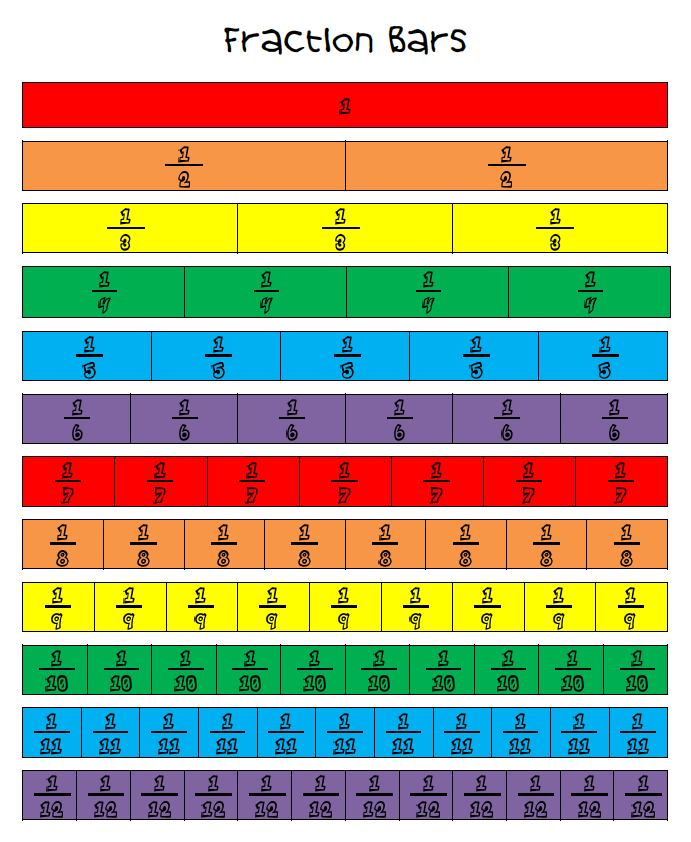Have you ever stopped to think about a simple whole number like 17, and wondered how it could be expressed as a fraction? At first glance, it might seem a bit strange, but the truth is that every whole number can be represented as a fraction. In fact, understanding this concept can unlock a deeper understanding of fractions and their versatility in mathematics.

Image: answermediafaerber.z21.web.core.windows.net
This article will explore the fascinating world of fractions and their relationship to whole numbers, unraveling the mystery of how 17, and any whole number, can be written as a fraction. We’ll delve into the fundamental principles, explore some real-life applications, and uncover the hidden beauty of this mathematical concept.
The Foundation: Fractions and Their Meaning
At their core, fractions represent parts of a whole. They are comprised of two numbers: a numerator (the top number) and a denominator (the bottom number). The numerator tells us how many parts we have, while the denominator tells us the total number of equal parts the whole is divided into.
For example, the fraction 1/2 represents one out of two equal parts. If you cut a pizza into two equal slices and take one slice, you’ve taken 1/2 of the pizza. Similarly, 3/4 represents three out of four equal parts. If you cut a cake into four equal pieces and take three pieces, you’ve taken 3/4 of the cake.
The Magic of Equivalent Fractions
One of the key aspects of fractions is that there are multiple ways to represent the same amount, known as equivalent fractions. This concept is crucial for understanding how a whole number can be expressed as a fraction.
Imagine you have 1 pizza and cut it into 2 equal slices. You would have 2/2 of the pizza, which is the same as 1 whole pizza. Now, imagine you cut the same pizza into 4 equal slices. You would now have 4/4 of the pizza, representing the same whole pizza. Notice that 2/2 and 4/4 are equivalent fractions, meaning they represent the same quantity.
Expressing Whole Numbers as Fractions
The concept of equivalent fractions is the key to converting whole numbers into fractions. We can use this knowledge to express 17 as a fraction.
Remember that any whole number can be divided by 1 without changing its value. So, 17 is the same as 17/1. This fraction represents 17 out of 1 equal part – essentially, the whole number itself.
But, we can also express 17 as other equivalent fractions. For example:
- 17/1 is the same as 34/2
- 17/1 is the same as 51/3
- 17/1 is the same as 68/4
And so on! We can create an infinite number of equivalent fractions representing 17 by multiplying both the numerator and denominator by the same integer.

Image: worksheetlistule.z13.web.core.windows.net
Real-World Applications of Fractional Representation
While the ability to express whole numbers as fractions might seem purely theoretical, it has many practical applications in various fields.
In cooking, recipes often use fractions to specify ingredient quantities. For example, a recipe might call for 1/2 cup of flour, which can be conveniently represented as 2/4 cup. Converting whole-number quantities like 1 cup to fractions like 4/4 can help in adjusting recipes based on different requirements.
In construction, builders use fractions to measure and cut materials. For instance, a carpenter might need a piece of wood that is 17 inches long. They can express this measurement as 17/1 inch, which can be useful for calculations involving fractions, such as converting inches to feet.
In finance, understanding fractions is crucial for working with percentages, which are essentially fractions out of 100. Converting whole numbers to fractions can be helpful for calculating interest rates, discounts, and other financial calculations.
Beyond 17: A Universal Principle
The method we discussed for expressing 17 as a fraction can be applied to any whole number. We can simply write any whole number as the numerator and 1 as the denominator. This simple idea unlocks a vast world of possibilities within the realm of fractions, enabling us to express any quantity in a fractional form.
This ability to convert whole numbers into fractions opens doors to a deeper understanding of mathematical relationships and aids in solving various problems across different disciplines. Whether you’re measuring ingredients for a recipe, calculating the length of a piece of wood, or tackling complex financial calculations, understanding how whole numbers can be expressed as fractions empowers you with a powerful tool in the world of numbers.
What Fraction Is 17
Further Exploration: Expanding Your Knowledge
This article has merely scratched the surface of the fascinating world of fractions. There is much more to discover about equivalent fractions, simplifying fractions, and working with fractions in various mathematical operations.
If you’re eager to delve deeper, there are countless resources available online and in libraries. You can also explore fun and interactive online tools and games that make learning about fractions engaging and enjoyable. Remember, understanding fractions can unlock a new dimension within the world of mathematics, helping you to navigate through various academic and real-life scenarios with greater confidence and clarity.
So, the next time you encounter a whole number like 17, remember that it can be expressed as a fraction. This seemingly simple concept holds the key to a deeper understanding of mathematical relationships and empowers you to tackle a wide range of numerical challenges with ease.






